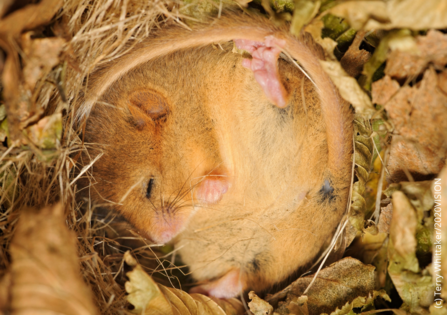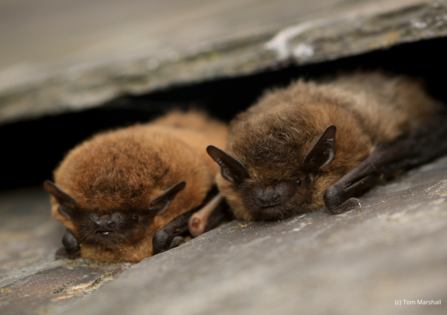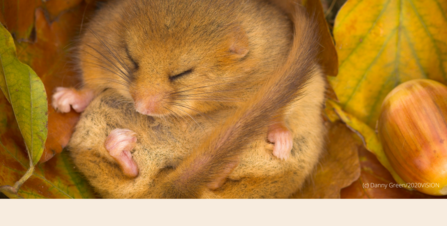Some species have evolved a method of getting through the winter that seem quite appealing to me. Hibernation. Hedgehogs, dormice and bats are the true hibernators in the UK that will spend autumn filling up on food and building fat reserves before finding a safe spot to settle into a long slumber only to wake up when the sunshine is back. Sounds quite nice, right?
Well, it might not be as easy as it first sounds. As climate change continues to result in unseasonably warm and unpredictable weather, our hibernating species are at risk. Most of these creatures should be safely tucked away by October or November but warmer weather can cause them to enter hibernation later or emerge from hibernation too early. Waking up from hibernation uses a lot of energy and if an animal wakes up early, before there is food available, they will be at risk of starvation.




